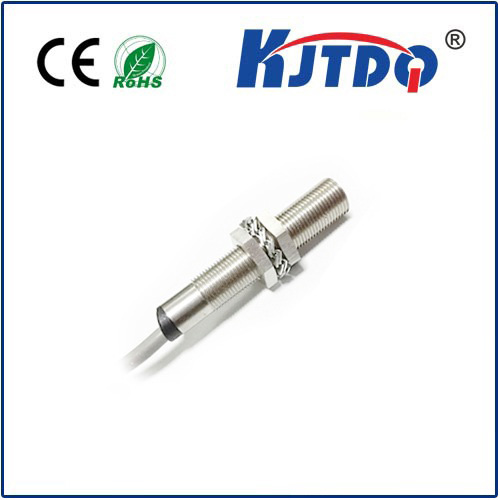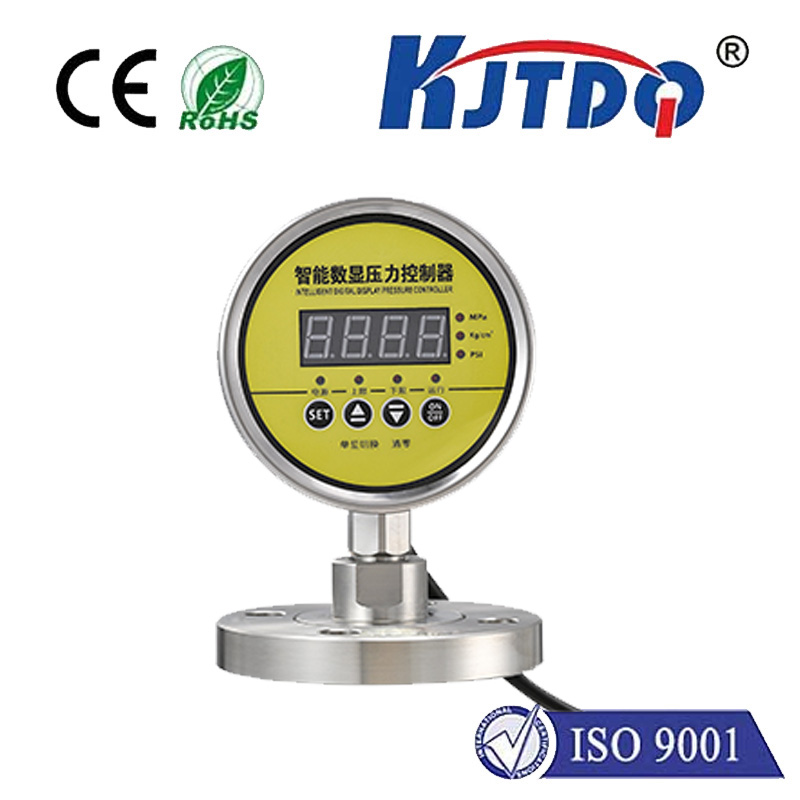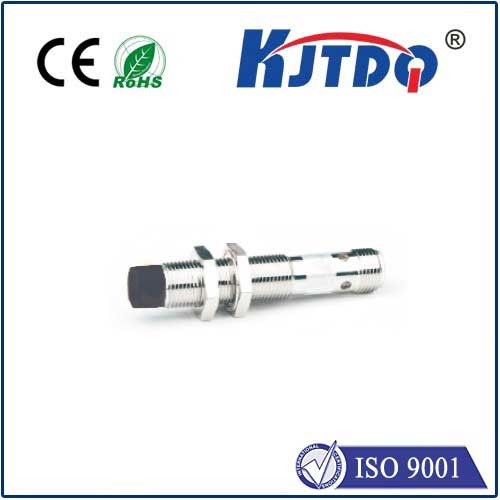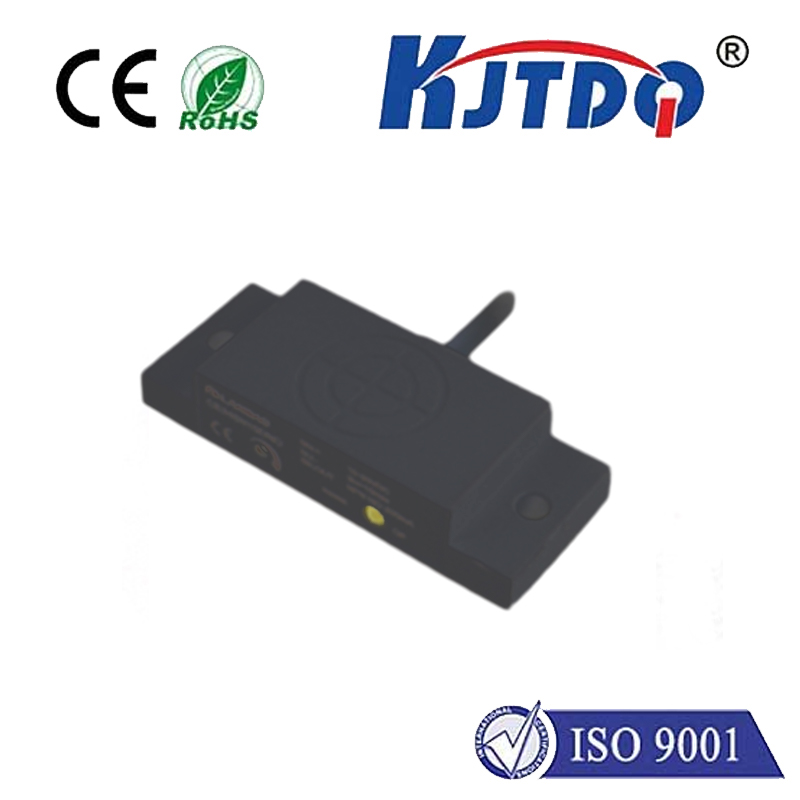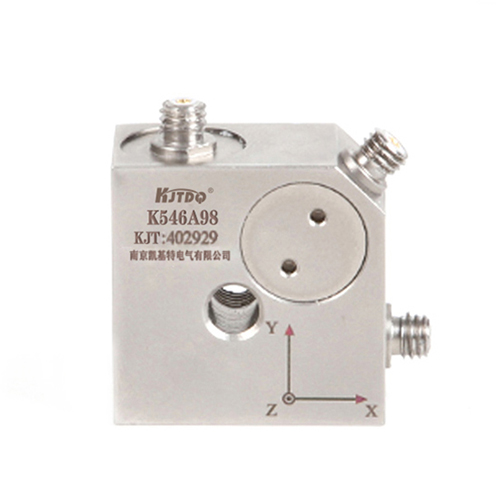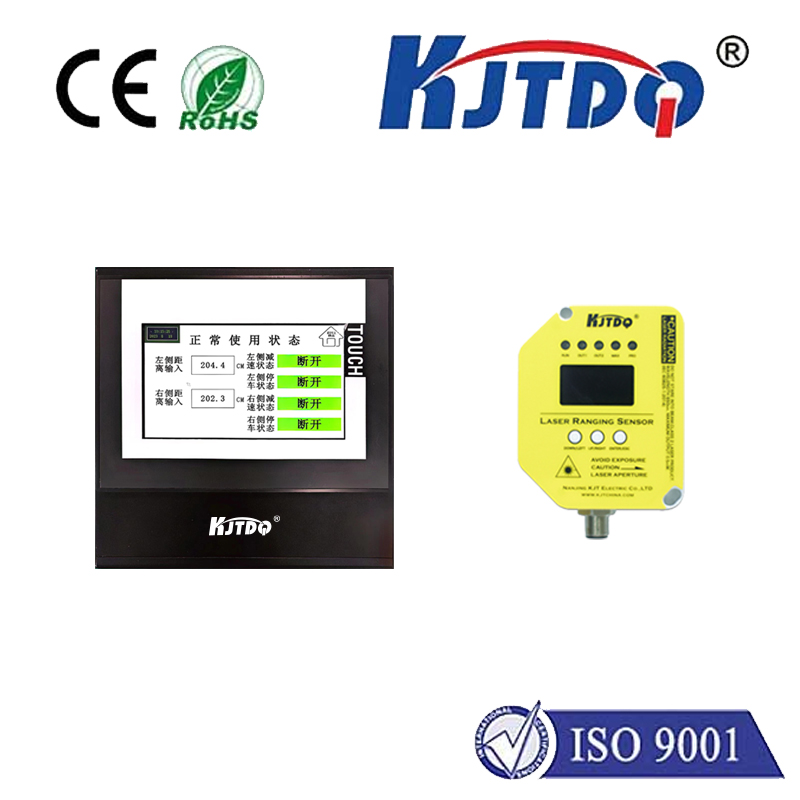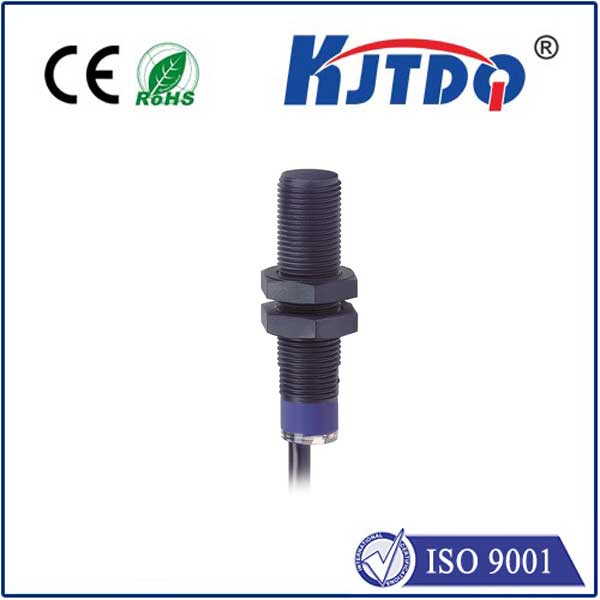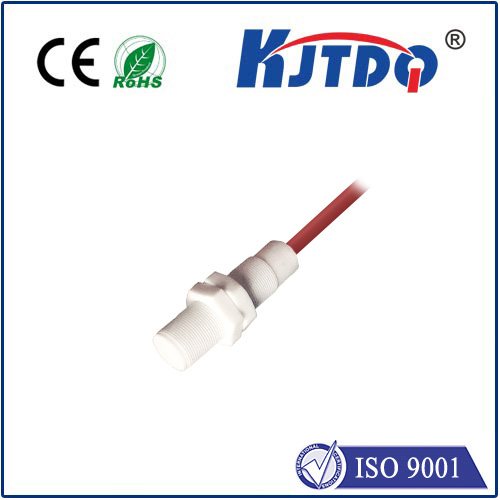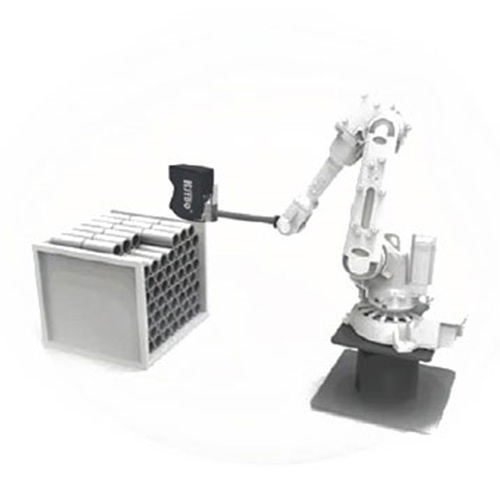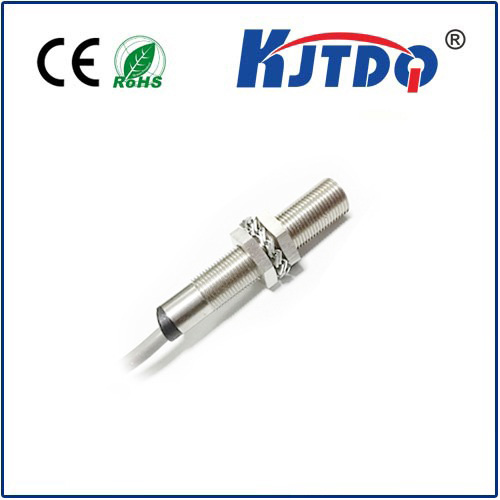

check

check

check

check

check

check

check

check

check

check
Inductive sensors are the unsung heroes of industrial automation. Found in countless machines, production lines, and robotic arms, these rugged proximity switches reliably detect metallic objects without physical contact, ensuring smooth operation and safety. However, when it comes time to purchase or replace them, the price range can be surprisingly wide. If you’re navigating the market asking “How much do inductive sensors cost?”, the answer isn’t simple. Understanding inductive sensor price drivers is crucial for making informed purchasing decisions that balance budget and performance.
Unlike commodities with fixed pricing, inductive sensor costs fluctuate significantly based on a constellation of factors. Simply searching for the cheapest option can lead to premature failure, unexpected downtime, or inadequate performance – ultimately costing far more than the initial savings. Let’s delve into the primary elements influencing inductive sensor pricing:
Sensing Distance and Size: This is often the most apparent cost driver. Generally, the longer the nominal sensing distance (Sn), the higher the price. Achieving greater detection ranges requires more sophisticated coil designs and electronics within the sensor. Similarly, miniature inductive sensors designed to fit into tight spaces often command a premium due to the precision engineering and specialized components needed to pack functionality into a tiny footprint. Standard range sensors (e.g., 2mm, 4mm, 8mm) are typically the most cost-effective baseline.
Housing Material and Build Quality: Inductive sensors operate in harsh environments – exposed to vibration, impacts, chemicals, and extreme temperatures. The housing material is critical:

Ingress Protection (IP) Rating: The level of protection against dust and water directly impacts cost. A sensor rated IP67 (protected against temporary immersion) or IP68/IP69K (protected against prolonged immersion or high-pressure/steam cleaning) requires more robust sealing techniques, tougher materials, and rigorous testing compared to a basic IP65 (dust-tight, protected against water jets) or IP67 sensor. Higher IP ratings significantly contribute to the final inductive sensor price.
Output Configuration and Connection Type:
Packaging and Quantity: It seems obvious, but unit price is heavily influenced by purchase volume. Buying sensors individually will always incur a higher per-unit cost compared to purchasing in bulk reels or cartons. Distributors often offer tiered pricing.
Brand Reputation, Support, and Availability: Established global brands with extensive R&D, rigorous quality control, comprehensive warranties, worldwide distribution networks, and strong technical support typically command higher prices. This premium reflects investment in reliability and peace of mind. Conversely, budget brands or generic sensors may offer lower initial inductive sensor prices but potentially carry higher risks regarding longevity, performance consistency, and support access. Availability also matters; a readily available standard sensor might be cheaper than an identical one facing supply chain delays.
Typical Inductive Sensor Price Ranges (Approximate Guide - USD):
| Sensor Characteristic | Approximate Price Range (USD per Unit) | Primary Drivers |
|---|---|---|
| Standard M12/M18 (Brass) | \(15 - \)40 | Sensing range (4-8mm), Basic Output (NPN/PNP NO/NC), IP67 |
| Standard M12/M18 (Stainless) | \(40 - \)100+ | Material cost, Corrosion resistance, Sensing range |
| Miniature Sensors (e.g., M5, M8) | \(20 - \)70+ | Compact size, Precision engineering, Sensing range (often 1-4mm) |
| Long Range Sensors (e.g., 15-40mm) | \(50 - \)150+ | Advanced coil/electronics design, Increased Sn |
| Analog Output Sensors | \(50 - \)150+ | Complex circuitry, Signal linearization |
| IO-Link Enabled Sensors | \(50 - \)200+ | Digital communication chipset, Firmware, Advanced diagnostics |
| High-Temp Sensors | \(60 - \)200+ | Specialized components, Testing, Extended thermal range |
| Food-Grade Certified | \(80 - \)250+ | 316L Stainless Steel, Specific surface finish, Certifications (FDA, 3A) |
| Heavy-Duty/Cylindrical Steel | \(70 - \)200+ | Larger size (e.g., M30), Robust housing, Longer Sn, IP68/69K |
Navigating the Market Smartly
Focusing solely on the lowest proximity sensor price can be a false economy. Ask these questions:
